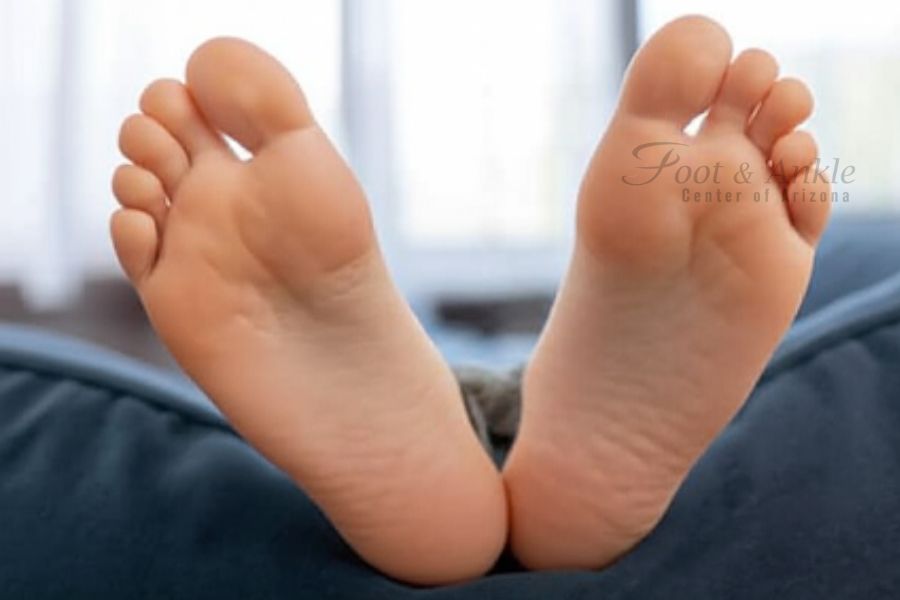Have you ever experienced a sudden change in the color of your fingers or toes when it gets chilly, or perhaps during stressful situations? If so, you might be familiar with Raynaud’s Phenomenon, a condition that can turn an ordinary cold breeze into a series of uncomfortable and sometimes alarming discolorations of the digits. In this comprehensive guide, we’ll delve into the root causes, treatments, and lifestyle adjustments that can help manage this intriguing condition.
What is Raynaud’s Phenomenon?
Raynaud’s Phenomenon is a vascular disorder that primarily affects the small blood vessels in the extremities—most commonly the fingers and toes. Those with this condition experience episodes where their blood vessels spasm and constrict, leading to a temporary decrease in blood flow. Such episodes cause the skin to turn white or bluish, followed by a flush of red as circulation improves and blood flow returns to normal. Often triggered by cold temperatures or emotional stress, the phenomenon typically results in a tri-phasic color change of the affected area: from white to blue to red.
The Spectrum of Symptoms
Variances in individual experiences of Raynaud’s Phenomenon largely depend on the severity of the condition. For some, it can be a mild inconvenience, a peculiarity that shows up during winter months. For others, it’s a debilitating issue that can interfere with daily tasks and overall quality of life.
The Root Causes of Raynaud’s Syndrome
So, what pushes our blood vessels into these dramatic spasms? Raynaud’s can exist as a primary condition—meaning it’s not associated with another medical issue—or secondary, where it’s linked to an underlying health problem, often an autoimmune disorder. The exact reason why some people develop primary Raynaud remains a mystery, although researchers believe that it might be a combination of genetic and environmental factors.
Deficiencies and Triggers
In secondary Raynaud’s, often termed Raynaud’s Syndrome, various deficiencies and diseases can precipitate the condition. Connective tissue disorders like lupus or rheumatoid arthritis are common culprits. Other contributing factors might include injuries, smoking, certain medications, and diseases of the arteries.
Diagnosis Dilemmas
A challenge with Raynaud’s is its elusive nature when it comes to diagnosis. There is no singular blood test that can pinpoint this condition. Instead, doctors rely on the description of symptoms and may order blood tests to rule out other diseases that could be causing similar signs.
Can Raynaud’s Go Away?
Good news for sufferers: While Raynaud’s Phenomenon might be a lifelong companion for some, others experience a decrease in symptoms over time. It’s not entirely clear why this happens, but age and lifestyle modifications can certainly influence the frequency and severity of episodes.
Treatment Strategies for Raynaud’s Syndrome
Prevention and Protection
The cornerstone of managing Raynaud’s is preventing and protecting against episodes. This includes dressing warmly, avoiding rapid temperature changes, and steering clear of stressors when possible. Simple strategies like wearing gloves or avoiding air conditioning can go a long way in minimizing occurrences.
Medications and Interventions
For those whose lives are significantly impacted by Raynaud’s, there are medical interventions. Certain medications can dilate blood vessels and improve circulation, while severe cases may call for surgical options to sever nerves controlling the constriction of blood vessels.
Natural and Holistic Approaches
Individuals with an aversion to medication or surgery often seek natural remedies. Practices like stress-relief therapies (think meditation or biofeedback) or adopting an anti-inflammatory diet might offer relief. Supplements are also explored, although they should be approached with caution and under medical supervision.
Navigating Life with Raynaud’s
Living with Raynaud’s Phenomenon is undoubtedly challenging. But, it’s also entirely possible to lead a fulfilling and comfortable life with the right knowledge and tools at your disposal. It’s about understanding your body’s cues, preparing for possible triggers, and knowing when to seek help.
Key Takeaways for Readers
- Raynaud’s Phenomenon is a condition characterized by blood vessel spasms in the fingers and toes, leading to color changes and discomfort.
- It can occur on its own (primary) or as part of an underlying health issue (secondary).
- There’s no specific test for Raynaud’s, but other conditions must be ruled out for a proper diagnosis.
- Management focuses on prevention and protection, with lifestyle changes at the forefront of treatment.
- Medicinal and surgical options exist for severe cases, although natural remedies are also worth exploring.
Embrace Your Health: Your Next Steps
For readers dealing with Raynaud’s Phenomenon, the journey to managing the condition begins with recognition and comprehension. Arm yourself with knowledge, seek out credible sources, and don’t hesitate to reach out to healthcare professionals who understand the nuances of this condition. And remember, you’re not alone in this; support groups and online communities can offer valuable insights and camaraderie in navigating Raynaud’s.
Should you find yourself or a loved one grappling with symptoms of Raynaud’s Phenomenon, it’s essential to discuss these with a healthcare provider. Engagement in preventative measures, adjustments in lifestyle, and exploration of treatment options can significantly improve one’s quality of life.




